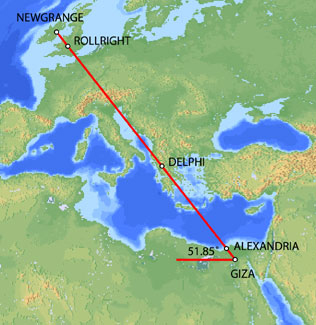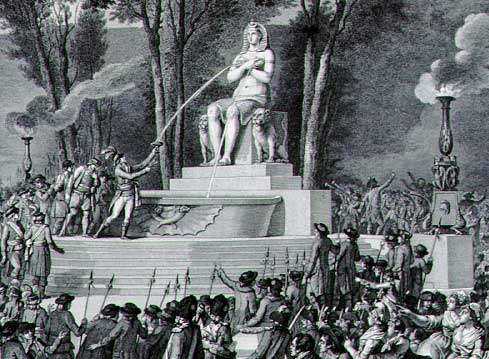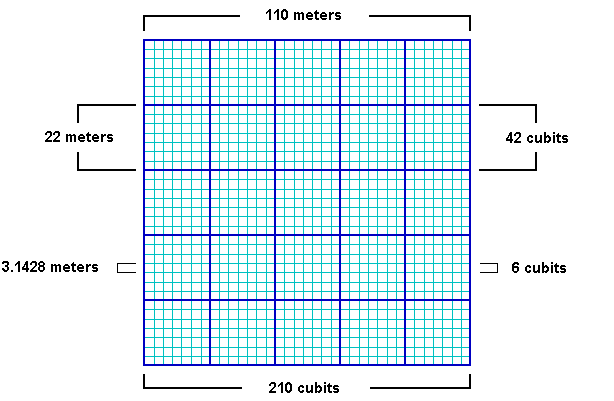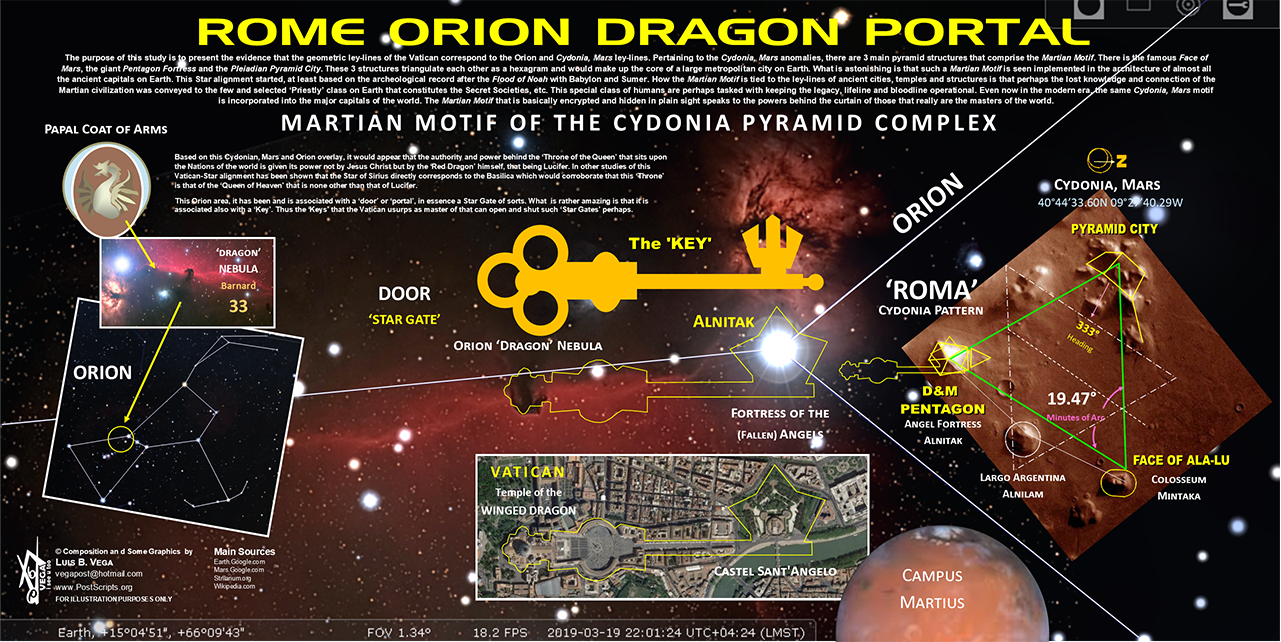/image%2F1542263%2F20230213%2Fob_c41021_sirius-3.jpeg)
Si nous savons aujourd'hui que le Soleil est une étoile, il n'en a pas toujours été ainsi. L'écart de luminosité est tel qu'il était, en effet, bien difficile à nos ancêtres d'imaginer que les pointes de lumière qui parsèment le ciel nocturne n'étaient rien d'autres que des soleils tout à fait comparables au nôtre.
La raison de cette différence ? Les distances extraordinaires, hors de toute échelle humaine, qui nous séparent des étoiles. Mais comment les appréhender et les mesurer précisément ?
De nos jours encore, calculer les distances, les dimensions, et plus généralement, se faire une idée des ordres de grandeur reste l'une des tches principales des astronomes. Peut-on vraiment parler d'une galaxie sans d'abord faire référence à son immensité ? Comment expliquer le fonctionnement d'une étoile sans évoquer sa masse gigantesque qui comprime la matière en son coeur jusqu'à lui permettre de fusionner ?
C'est à ce petit jeu des mesures que je vous convie aujourd'hui, en vous proposant, par le calcul, de découvrir comment il est possible d'estimer le diamètre de Sirius, l'étoile la plus brillante du ciel.
En montrant qu'une étoile et le Soleil sont de dimension comparable, on dispose d'un élément important pour comprendre que ce sont des astres de même nature. Au dix-neuvième siècle, la spectroscopie en prouvant l'identité de leur composition est venue confirmer l'hypothèse.
Ce calcul est, sinon plus difficile, du moins peut-être un peu plus long que ceux déjà publiés sur ce site. Il suppose un minimum de connaissances en astronomie.
_________________________________________________________
Voici les données dont nous disposons :
. magnitude visuelle apparente de Sirius : mSir : - 1,43
. Magnitude visuelle absolue du Soleil : MSol : + 4,83
. Corrections bolométriques : Sirius : - 0,64 , Soleil : - 0,11
. Parallaxe de Sirius : 0,371" (secondes d'arc)
. Diamètre du Soleil : 1 392 000 kilomètres, soit 1,392 x 109 mètres
. Estimation des températures de surface :
pour le Soleil : TSol = 5 850 K
pour Sirius : TSir = 9 230 K
_________________________________________________________
Principales étapes du calcul :
1 : Nous calculerons la Magnitude absolue de Sirius. Elle sera déterminée à partir de la magnitude apparente (connue) et de la distance que nous estimerons via la parallaxe.
2 : Nous déterminerons le rapport de luminosité (éclat) des deux étoiles, (c'est à dire de combien Sirius est plus brillante que le Soleil).
3 : Puis, connaissant les températures de surfaces du Soleil et de Sirius, nous comparerons le rayonnement par unité de surface de ces deux astres (nous verrons ainsi de combien, pour une surface donnée, Sirius est plus brillante que le Soleil).
4 : Enfin, en comparant les magnitudes absolues des deux étoiles pondérées de leur luminosité surfacique nous déterminerons le rapport de surface des deux astres et par là leur rapport de taille et donc le diamètre absolu de Sirius(la taille du Soleil étant connue). Nous en déduirons aussi le diamètre apparent (angulaire) de Sirius.
5 : Nous comparerons ces résultats à des mesures faites au VLT afin de vérifier leur vraisemblance.
6 : Afin de fixer les idées et les ordres de grandeur dans l'Univers, nous verrons ensuite à quelle distance il faudrait situer une pièce de un euro pour qu'elle apparaisse sous le même diamètre angulaire que Sirius.
note : Tous les logarithmes utilisés au cours de ces calculs sont décimaux.
_________________________________________________________
1 Détermination de la Magnitude Absolue de Sirius.
a , calcul de la distance de Sirius
Rappel : Le (ou la) parallaxe d'une étoile est la mesure angulaire de son déplacement apparent sur la voute céleste lorsque l'observateur (sur Terre en général) se déplace de une unité astronomique selon un axe perpendiculaire à la ligne de visée. Le rapport (1 / parallaxe (en secondes d'arc)) donne la distance de l'étoile en parsecs.
Parallaxe de Sirius : 0,371"
Donc, distance de Sirius (en parsecs) = 1 / 0,371 = 2,695 Parsecs
Soit en mètres : 3,086 x 1016 m x 2,695 = 8,317 x 1016 m, c'est à dire un peu plus de 80 000 milliards de kilomètres ou environ 8,8 années lumière.
b, calcul de la Magnitude Absolue visuelle de Sirius (Msir)
Rappel : Le Module de distance est la différence (m - M) entre les magnitudes apparentes et absolues. Par construction il s'annule quand un astre est situé à 10 parsecs, à cette distance, les deux magnitudes sont égales. (Pour plus d'informations sur ce point voir module de distance et magnitude).
La formule liant distance et module de distance est :
m - M = 5 log d - 5
En remplaçant m et d par leurs valeurs pour Sirius, nous obtenons :
- 1,43 - M = 5 log 2,695 - 5
En remplaçant log 2,695 par sa valeur : (0,431)
- 1,43 - M = 5 x 0,431 - 5
- 1,43 - M = 2,153 - 5
- M = 2,153 - 5 +1,43
- M = 2,153 - 3,570
- M = - 1,417
M = 1,417 soit, en arrondissant :
MSirius = 1,42
c, calcul des Magnitudes Absolues Bolométriques de Sirius et du Soleil
Rappel : La magnitude bolométrique (qu'elle soit absolue ou apparente) est la mesure de la lumière reçue d'une étoile en intégrant le rayonnement dans toutes les longueurs d'ondes. Ce rayonnement est donc plus fort que dans le seul domaine visible. Comme l'échelle des magnitudes est inversée, le passage de la magnitude visuelle à la magnitude bolométrique nécessite l'ajout d'une valeur négative appelée correction bolométrique (CB). Des tables donnent la valeur de cette correction qui diffère selon la température de l'étoile (et donc sa couleur dominante). Plus une étoile s'éloigne de l'astre de référence (Type stellaire F5 ayant une température de surface de 6 500 K et pour laquelle CB =0) ) plus la correction bolométrique est importante parce qu'une partie de son rayonnement se situe hors du domaine de mesure des magnitudes visibles. Ce manque peut se situer vers l'infrarouge pour les étoiles froides ou vers l'ultraviolet pour les étoiles chaudes.
De façon générale : Mbol = M visuelle + BC
Comme les corrections bolométriques pour Sirius et pour le Soleil sont respectivement - 0,64 et - 0,11 nous obtenons :
M bol Sirius = 1,42 - 0,64 = 0,78
M bol Soleil = 4,83 - 0,11 = 4,72
2, Comparaison des luminosités des deux astres
Rappel : La relation entre les rapports d'éclat absolu ( E : mesure de la puissance du rayonnement de l'étoile) et la différence de Magnitude absolue ( M : mesure de cette puissance dans le système des magnitudes) de deux astres A et B est donnée par la formule dite de Pogson qui s'écrit :
M (A) - M (B) = - 2,5 log ( E(A) / E(B) )
Rem : La formule serait identique si nous comparions éclat apparent et magnitude apparente. D'autre part, nous utiliserons désormais pour la suite des calculs les Magnitudes absolues bolométriques déterminées plus haut sans systématiquement rappeler leur caractère bolométrique dans les notations).
Ainsi dans notre cas : (A est identifié à Sirius et B au Soleil)
M (Sirius) - M (Soleil) = - 2,5 log (E(Sirius) / E (Soleil) )
En remplaçant par les valeurs données ou trouvées ci-dessus :
0,78 - 4,72 = - 2,5 log (E (Sirius) / E (Soleil) )
- 3,94 = - 2,5 log (E (Sirius) / E (Soleil) )
-3,94 / - 2,5 = log (E (Sirius) / E (Soleil) )
1,576 = log (E (Sirius) / E (Soleil) )
En mettant 10 à la puissance des deux termes de l'équation :
101,576 = 10 log (E(Sirius) / E (Soleil) )
En remplaçant 101,576 par sa valeur : 37,67
37,67 = 10 log (E(Sirius) / E (Soleil) )
Comme 10log a redonne a : (a étant identifié à : E (Sirius) / E (Soleil) )
37,67 = Eclat de Sirius / Eclat du Soleil
Toute longueurs d'ondes confondues, Sirius est donc près de 38 fois plus lumineuse que le Soleil !
3, Comparaison de la luminosité surfacique de Sirius et du Soleil
Rappel : la luminosité d'un corps est proportionnelle à la puissance quatrième de sa température de surface (en K) ainsi qu' à sa surface (en mètres carrés). La relation entre rayonnement, température et surface est donnée par la formule dite de Stephan qui s'écrit : L = s S T 4 ) L étant la luminosité (en watts) et s la constante de Stephan , nous n'avons pas besoin ici de cette formule mais pour voir un exemple d'utilisation, consulter l'article: De combien nous réchauffe l'Effet de Serre ? .
T° Sirius = 9 230 K, T° Soleil = 5 850 K
Le rapport des deux températures de surface est donc de :
9 230 K / 5 850 K = 1,578
La luminosité étant proportionnelle à la puissance quatrième de la température, pour une surface donnée, Sirius rayonne 1,5784 fois plus que le Soleil, soit :
1,5784 = 6,197
Remarque : A cause de cet élément en puissance 4, la précision du résultat est très fortement dépendante de la précision des mesures de température des deux étoiles. Un faible écart sur ce point peut donner un résultat sensiblement différent. Ces températures sont estimées par spectroscopie ( loi de Wien et plus fondamentalement de Plank)
4, Détermination du diamètre de Sirius.
a, calcul du diamètre de Sirius
Sirius rayonne globalement 37,67 fois plus que le Soleil mais par unité de surface elle rayonne 6,19 fois plus (du fait de sa température plus élevée).
Sa surface est donc 37,67 / 6,19 fois plus grande que celle de notre Soleil.
37,67 / 6,19 = 6,09.
Comme une surface d'un corps est proportionnelle au carré de sa taille, cette taille elle-même est proportionnelle à la racine carrée de sa surface.
Le diamètre de Sirius est donc égal à racine carrée de 6,09 (fois celui du Soleil)
6,091/2 = 2,47
Sirius est 2,5 fois plus grande que notre Soleil, celui-ci ayant un diamètre de 1 392 000 kilomètres, Le diamètre de Sirius est donc de :
1 392 000 x 2,47 = 3 438 240 kilomètres
Une telle précision est évidemment illusoire, retenons comme résultat de notre estimation :
Diamètre de Sirius : 3 400 000 kilomètres
b, calcul du diamètre apparent de Sirius
Pour de petits angles, c'est le cas ici, le diamètre angulaire d'un objet exprimé en radian est égal au ratio : Diamètre / Distance (de cet objet par rapport à l'observateur).
En remplaçant le diamètre et la distance par leurs valeurs, respectivement 3,4 x109 m et 8,317 x 1016 m, nous obtenons le diamètre angulaire de Sirius qui vaut donc :
3,4 x 109 m / 8,317 x 1016 m = 4,088 x 10-8 radians.
Un radian correspondant à 206 264,8 secondes d'arc (")
Le diamètre de apparent de Sirius dans le ciel est de :
4,088 x 10-8 x 206 264,8" = 0, 008 43 "
Il s'agit là d'un angle infime. Une seconde d'arc (notée ") correspond à un 3 600ème de degré et donc 0,008 " (moins de un centième de seconde) représente seulement un 450 000ème de degré.
5, Comparaison avec les mesures effectuées au VLT
En 2001, une campagne de mesures a été menée au Very Large Telescope (VLT) en utilisant les techniques d'interférométrie. Compte tenu de la petitesse angulaire des étoiles vues depuis la Terre, très peu d'astres sont susceptibles de faire l'objet de telles mesures.
Pour Sirius on a trouvé un diamètre de 0,009 29 secondes d'arc (+/- 0,000 17") soit en radians : 0,009 29 / 206 264,8 = 4,5 x 10-8 radians
A partir de cette mesure nous pouvons déduire le diamètre effectif de Sirius
En remplaçant la distance par sa valeur : (8,317 x 1016 m) dans l'équation : (diamètre / distance) = angle (si exprimé en radians), nous obtenons:
Diamètre de Sirius (m) / 8,317 x 1016 (m) = 4,5 x 10-8
Diamètre de Sirius (m) = 4,5 x 10-8 x 8,317 x 1016 m = 3,743 x 109 m
Diamètre de Sirius = 3,7 millions de kilomètres (Valeur arrondie)
Cette valeur est assez proche de celle que nous avions calculée (3,4 millions de kilomètres), puisque l'écart est d'environ 10 %. Notre estimation était donc parfaitement vraisemblable. Beaucoup de données en astronomie ne sont d'ailleurs pas connues avec une telle précision. Notre petit calcul permet donc déjà d'établir un ordre de grandeur tout à fait respectable.
6, A quoi correspond un tel diamètre ?
Pour se faire une idée de ce que représentent ces ordres de grandeur, assimilons Sirius à un objet de la vie courante, une pièce de un euro par exemple.
A quelle distance faudrait-il placer une pièce de un euro pour qu'elle occupe dans le ciel un angle comparable à celui de Sirius ?
Il suffit de résoudre l'équation égalisant les ratios: diamètre / distance pour chacun des deux objets: c'est à dire trouver DP (Distance de la Pièce, en mètres) dans l'équation suivante :
Diamètre de Sirius / Distance de Sirius = Diamètre de la Pièce / DP
Pour le diamètre de Sirius, retenons les données du VLT.
Diamètre de Sirius = 3,750 x 109 m
Distance de Sirius = 8,317 x 1016 m
Diamètre d'une pièce de un euro = 23,25 mm soit : 2,325 x 10-2 m
Distance de cette pièce = DP (l'inconnue recherchée)
(3,750 x 109 / 8,317 x 1016 ) = 2,325 x 10-2 / DP
(3,750 x 109 / (8,317x 1016 x 2,325 x 10-2) ) = 1/DP
(3,750 x109 / 1,933 x 1015) = 1 / DP
1,933 x 1015 / 3,750 x 109 = DP
1,933 x 1015-9 / 3,750 = DP
0,515 x 106 = DP
5,150 x 105 = DP
Distance de la Pièce = 515 000 mètres soit 515 kilomètres.
Il faudrait donc placer une pièce de un euro à 515 kilomètres de l'observateur pour qu'elle présente le même diamètre apparent que Sirius vue de la Terre (c'est approximativement la distance qui sépare Paris de Montélimar à vol d'oiseau). Pour que sa luminosité soit équivalente il faudrait également la chauffer à 9 230 K (ce qui ne serait pas facile, de plus, à une telle température, la pièce se trouverait gazéifiée !)
Ainsi, les étoiles, malgré leurs dimensions gigantesques, ne représentent que d'infimes îlots de matière perdus dans notre galaxie, la Voie Lactée. Sirius est pourtant parmi les plus proches.
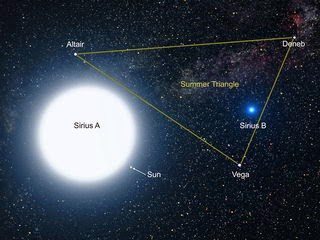
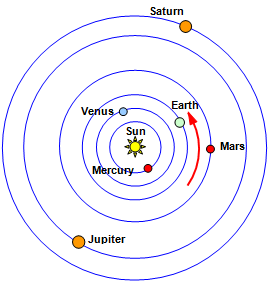
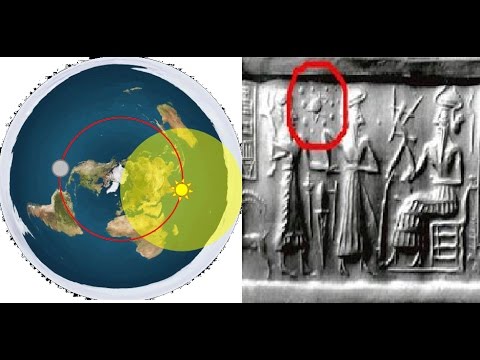
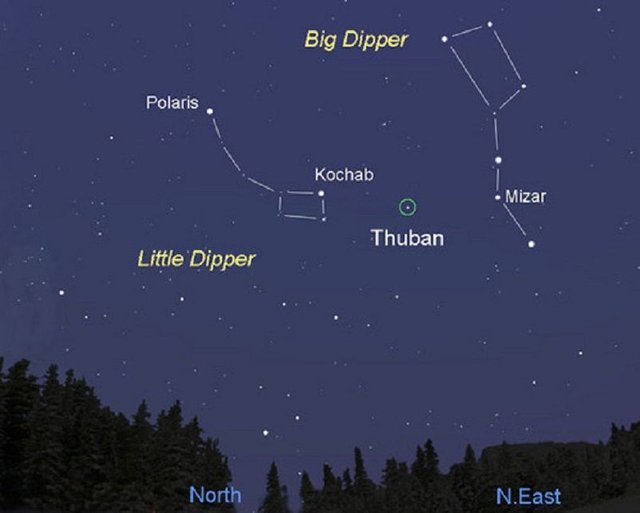
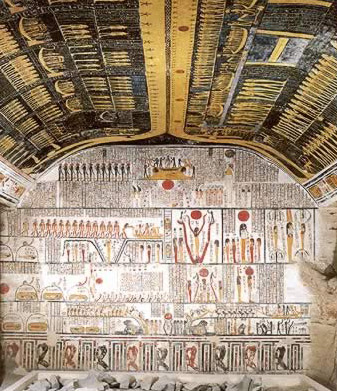
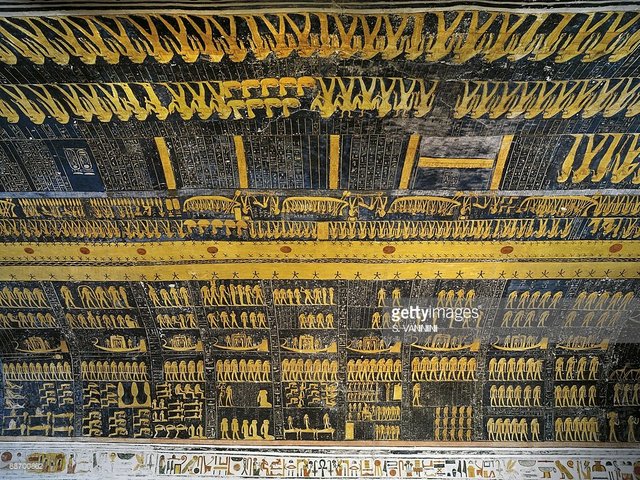
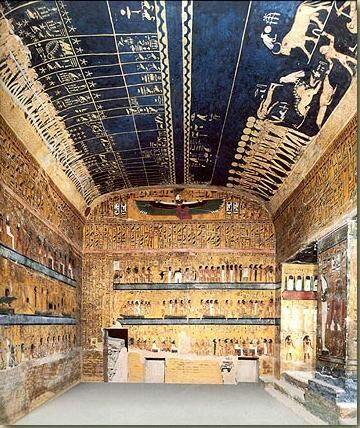
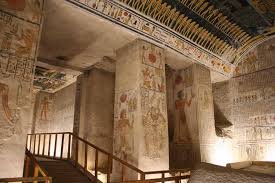
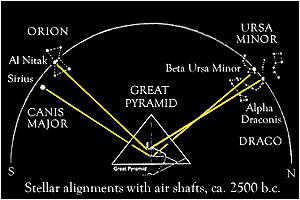


























 keep that date/number in mind. Looking at the towers architectural shape, we see its design is that of a square anti-prism:
keep that date/number in mind. Looking at the towers architectural shape, we see its design is that of a square anti-prism:















![Sunset under the Arc de Triomphe © Siren-Com - licence [CC BY-SA 3.0] from Wikimedia Commons](https://frenchmoments.eu/wp-content/uploads/2012/11/Sunset-Arc-de-Triomphe-%C2%A9-Siren-Com-licence-CC-BY-SA-3.0-from-Wikimedia-Commons.jpg)
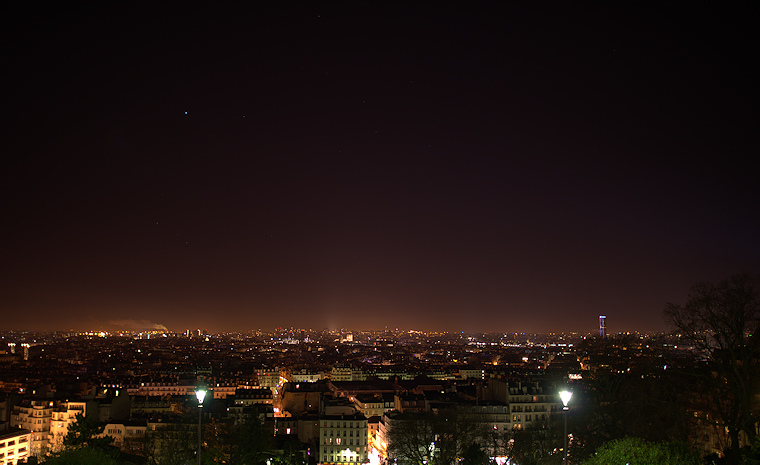
/image%2F1542263%2F20230213%2Fob_c41021_sirius-3.jpeg)




